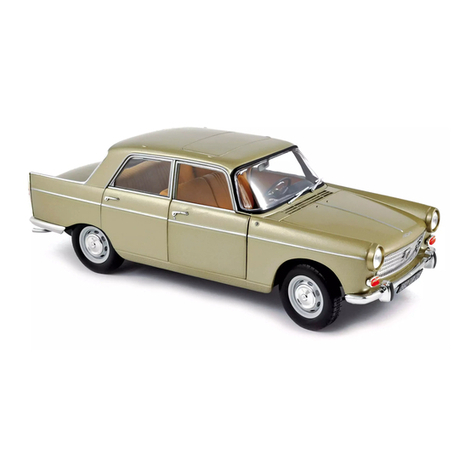PEUGEOT BOXER 2014 User manual
Other PEUGEOT Automobile manuals
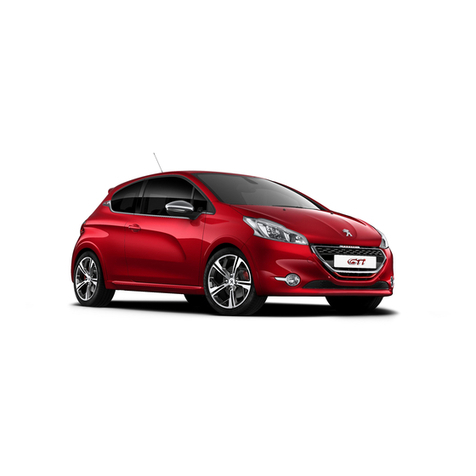
PEUGEOT
PEUGEOT 208 User manual

PEUGEOT
PEUGEOT PARTNER 2016 User manual

PEUGEOT
PEUGEOT 108 User manual

PEUGEOT
PEUGEOT 308 User manual

PEUGEOT
PEUGEOT 208 User manual

PEUGEOT
PEUGEOT 308 SW User manual
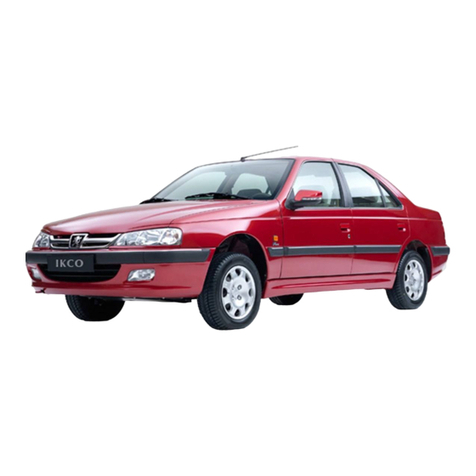
PEUGEOT
PEUGEOT PARS User manual

PEUGEOT
PEUGEOT 206 CC User manual
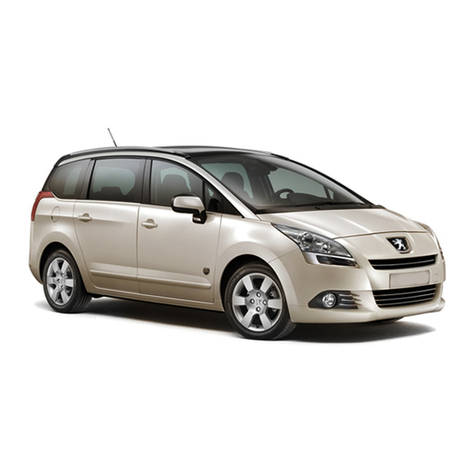
PEUGEOT
PEUGEOT 5008 User manual
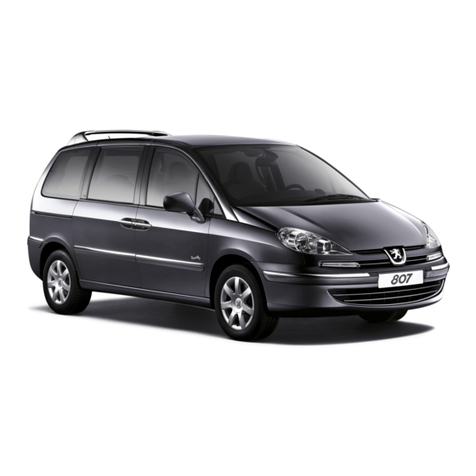
PEUGEOT
PEUGEOT 807 User manual
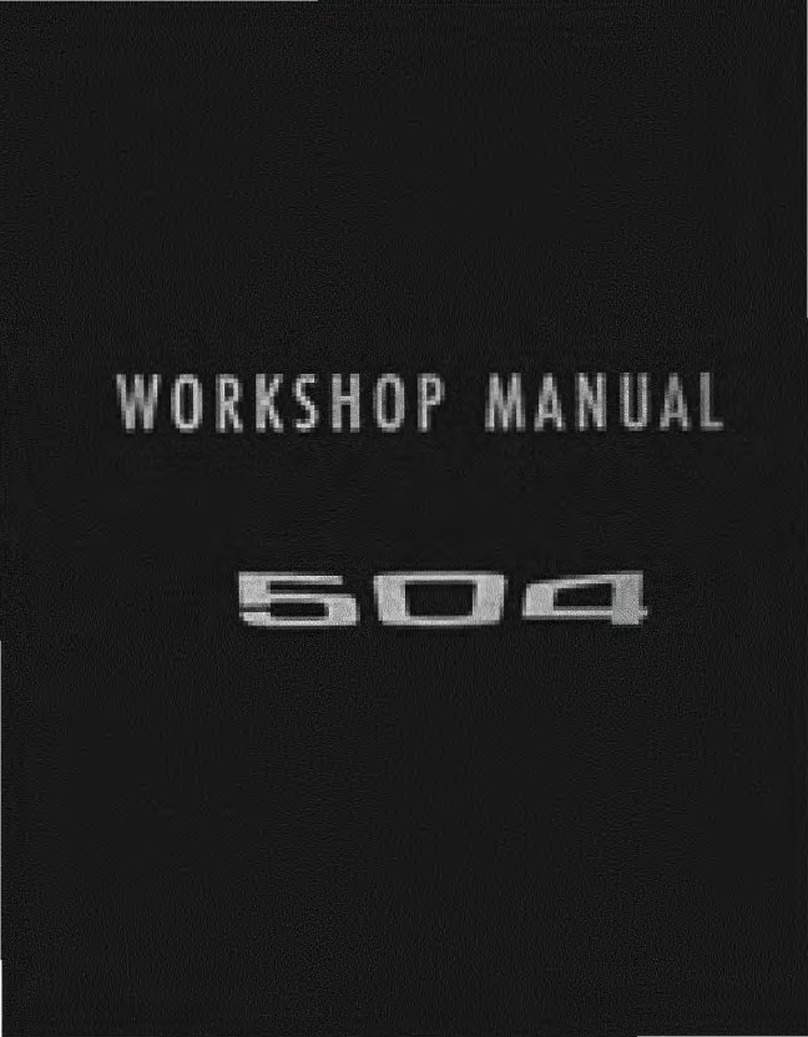
PEUGEOT
PEUGEOT 504 Series 1970 Instruction manual

PEUGEOT
PEUGEOT Boxer User manual
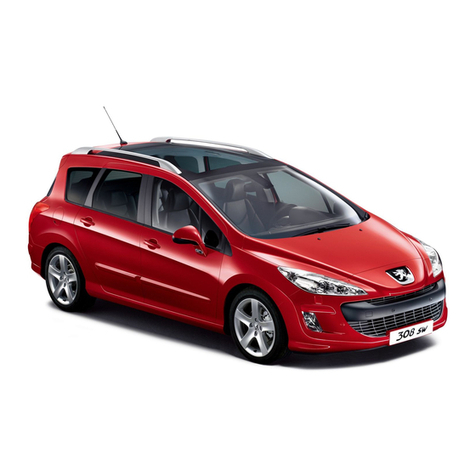
PEUGEOT
PEUGEOT 308 SW 2009 User manual
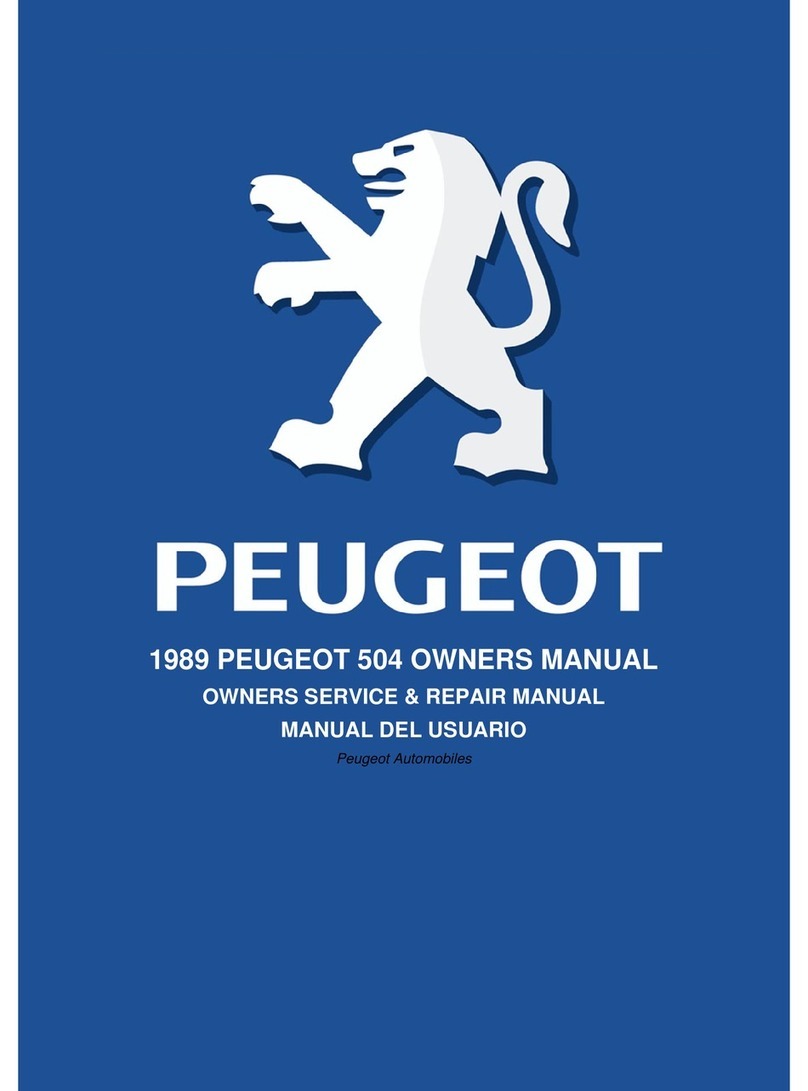
PEUGEOT
PEUGEOT 504 User manual

PEUGEOT
PEUGEOT 3008 User manual
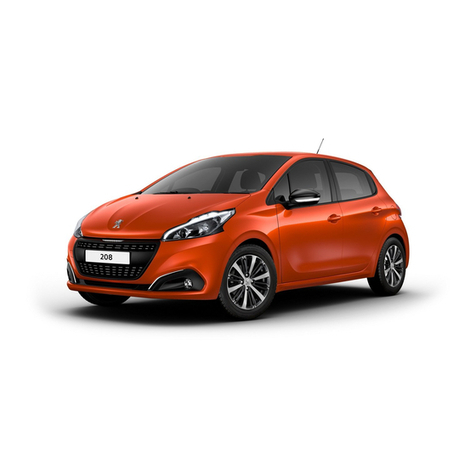
PEUGEOT
PEUGEOT 208 2017 User manual

PEUGEOT
PEUGEOT 2011 207 User manual

PEUGEOT
PEUGEOT 308 User manual

PEUGEOT
PEUGEOT 208 User manual

PEUGEOT
PEUGEOT 208 R2 User manual
